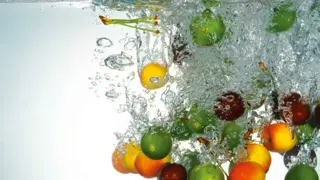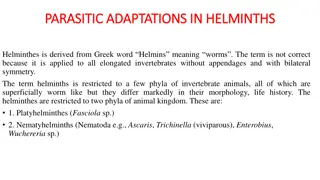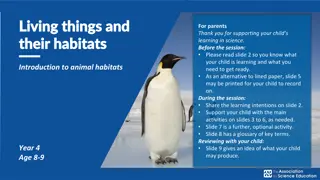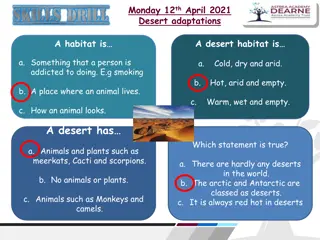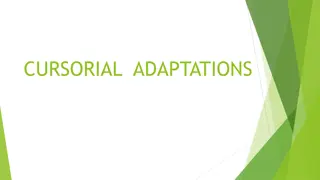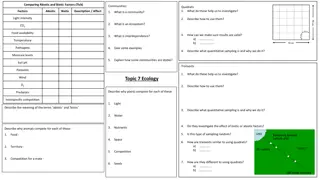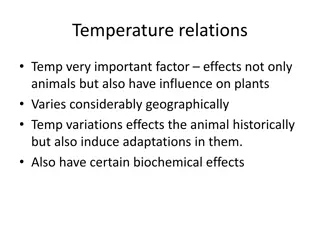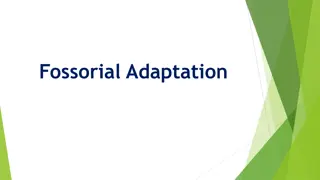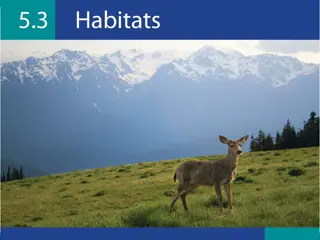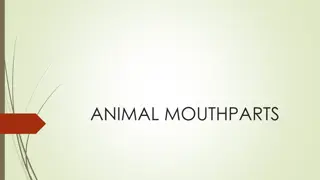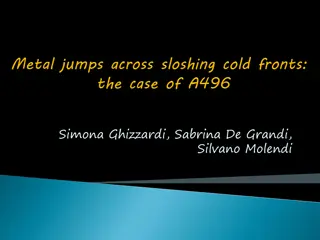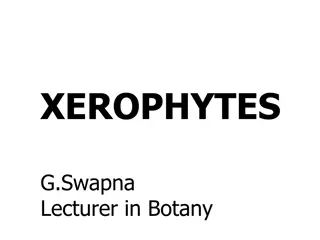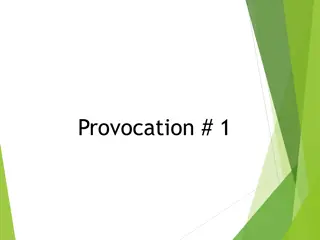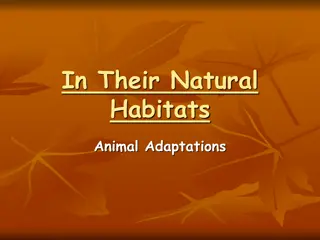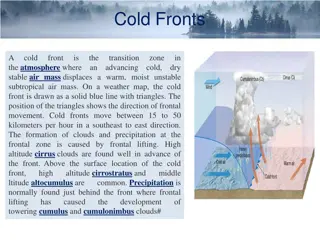Adaptations in Cold Environments: Plants, Animals, and Interdependence
Exploring how plants and animals have adapted to survive in cold environments like Antarctica and the Arctic, including insights on the tundra, permafrost, and unique adaptations like the Arctic Poppy. Learn about the challenges and strategies of organisms in extreme cold climates.
Download Presentation

Please find below an Image/Link to download the presentation.
The content on the website is provided AS IS for your information and personal use only. It may not be sold, licensed, or shared on other websites without obtaining consent from the author. Download presentation by click this link. If you encounter any issues during the download, it is possible that the publisher has removed the file from their server.
E N D
Presentation Transcript
https://s-media-cache-ak0.pinimg.com/originals/0d/7a/43/0d7a432d13accf816951afae07c7a5c2.jpghttps://s-media-cache-ak0.pinimg.com/originals/0d/7a/43/0d7a432d13accf816951afae07c7a5c2.jpg Adaptions in Cold Environments LI: How have the plants and animals adapted in the cold environments?
Learning intention: LI: How have the plants and animals adapted in the cold environments? 1. What is the coldest temperature recorded in Antarctica 2. What is the polar environment in the north of the world called 3. What does tundra mean in Finnish 4. What is permafrost? 5. Why is it colder in Antarctica in our summer?
Learning intention: LI: How have the plants and animals adapted in the cold environments? 1. What is the coldest temperature recorded in Antarctica -43.3 2. What is the polar environment in the north of the world called Arctic 3. What does tundra mean in Finnish Treeless 4. What is permafrost? Frozen ground 5. Why is it colder in Antarctica in our summer? Earth is tilting away from the sun.
Polar bear https://s-media-cache-ak0.pinimg.com/originals/0d/7a/43/0d7a432d13accf816951afae07c7a5c2.jpg Click on the hyperlink in the picture above. Set up a mind map or annotate around the picture how the polar bear has adapted to live in the polar environment.
Plants http://cruise-handbook.npolar.no/site-images-new/svalbard/NP014946.JPG Click on the hyperlink in the picture above. Set up a mind map or annotate around the picture how the plants have adapted to live in the polar environment.
Plant adaptations questions page 100-101 of the GCSE text book 1. Why do plants have shallow root systems? 2. What does tundra mean in Finnish ? why did they call it this? 3. Why do plants like mosses need to tolerate both extremely dry and wet conditions? 4. How has the Arctic Poppy adapted to deal with low insulation and little sunlight? 5. How have plants adapted to the strong winds?
Interdependence within cold environments Using figure 8.7 on page label on Primary producer Primary consumer Secondary consumer Tertiary consumer. Where were the polar bear go on the food web?? What are they an example of?


